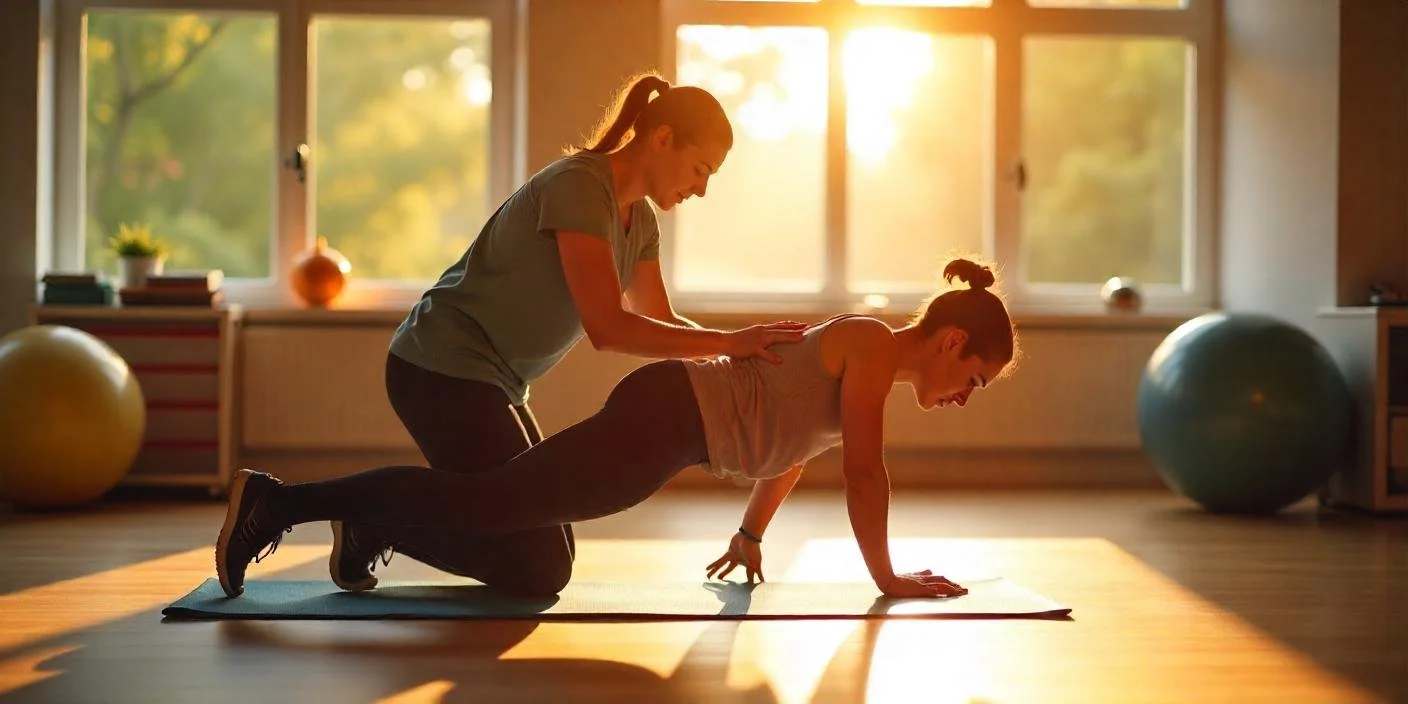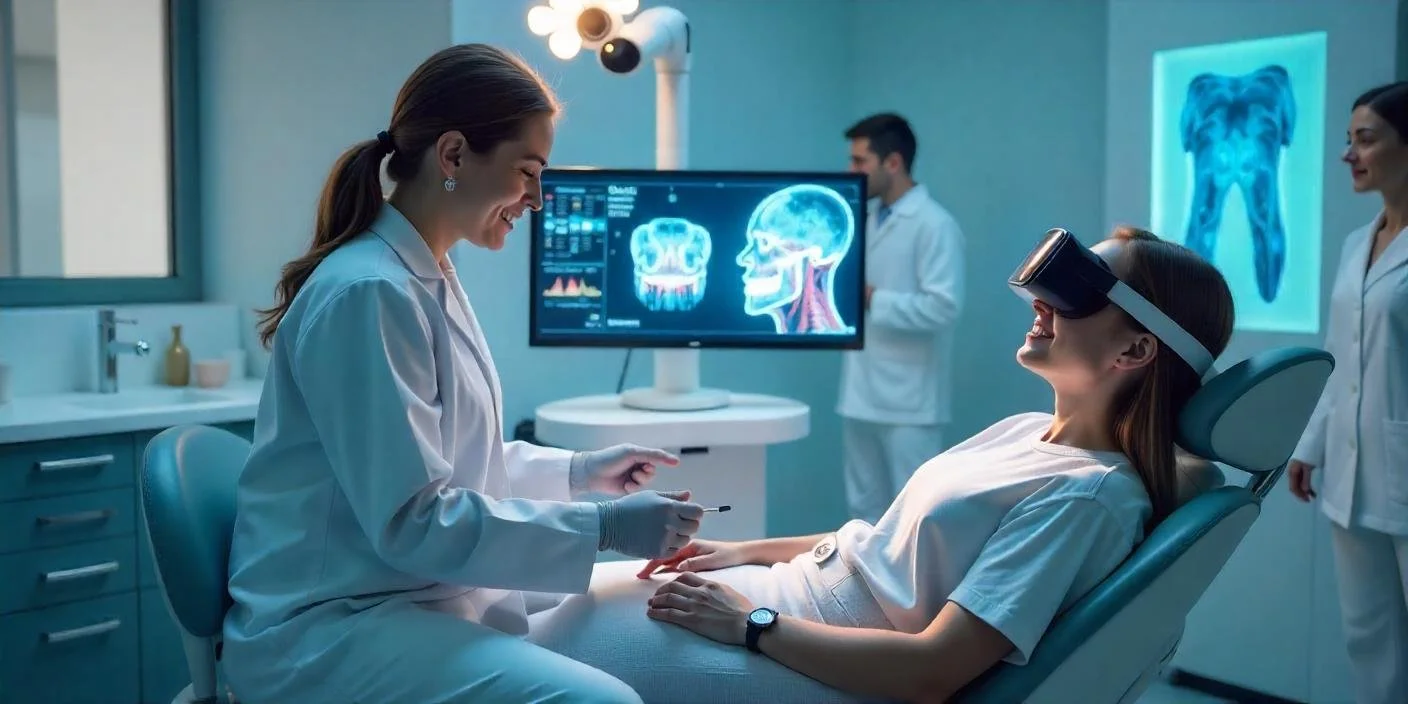Rebuilding from Within: How Core Strength Impacts Injury Recovery and Prevention
Injury prevention and rehabilitation often center on a familiar yet often misunderstood concept: core strength. While the term "core" is commonly associated with toned abdominal muscles, true core stability encompasses a complex network of muscles that provide foundational support for the entire body. These muscles coordinate to stabilize the spine, pelvis, and hips, enabling safe and efficient movement. When functioning properly, the core acts as a protective mechanism, reducing strain on joints and mitigating injury risks.
At North Shore Sports Medicine, a comprehensive approach to physical well-being emphasizes core strength as a cornerstone of both physiotherapy and injury prevention. Whether recovering from injury or enhancing movement patterns, strengthening the core is essential to building a resilient and adaptable body.
Understanding the Core: More Than Just Abs
The core includes far more than the visible muscles of the abdomen. It comprises a deep system of stabilizing muscles, including the:
Transverse abdominis
Internal and external obliques
Rectus abdominis
Multifidus
Erector spinae
Diaphragm
Pelvic floor muscles
Gluteal group
Together, these muscles stabilize the trunk and allow for controlled, purposeful movement. They also help transfer force between the upper and lower body, making them vital for posture, coordination, and injury prevention.
The Connection Between Core Strength and Injury Prevention
When the core is weak or uncoordinated, compensatory movement patterns often develop. These patterns can place excess stress on the knees, hips, shoulders, and spine, increasing the risk of overuse injuries, sprains, and strains. By contrast, a strong and well-functioning core:
Improves postural alignment
Enhances balance and stability
Reduces mechanical stress on joints
Supports safe lifting and movement patterns
Increases neuromuscular control
This is why many physiotherapy programs begin with core activation. Whether recovering from a knee injury, addressing chronic back pain, or training for athletic performance, core stability serves as a foundation.
Core Weakness and Common Injuries
Lack of core strength is frequently implicated in musculoskeletal dysfunction. Common issues related to poor core stability include:
Lower back pain
Hip instability
Knee tracking problems
Poor balance and coordination
Repetitive strain injuries
Rehabilitative strategies that prioritize core strengthening often yield improved movement mechanics, reduced pain, and decreased recurrence of injury.
How Physiotherapy Supports Core Strength Development
During a physiotherapy assessment, practitioners evaluate the function and control of core muscles through movement screening and manual testing. Individualized programs are then developed to target specific weaknesses, imbalances, or compensation patterns.
Core training may begin with:
Supine abdominal bracing
Pelvic tilts
Diaphragmatic breathing
Transverse abdominis activation
As control improves, the program progresses to include dynamic and functional exercises that incorporate multiple planes of movement.
Core-Strengthening Exercises for All Levels
Effective core training is scalable and appropriate for individuals at all levels of fitness and recovery. The goal is not only to build muscular strength but also to promote endurance and control.
Beginner-Level Exercises:
Dead Bug – Improves coordination between limbs and core stability.
Glute Bridge – Strengthens the posterior chain and activates the pelvic floor.
Bird Dog – Encourages cross-body coordination and spinal stability.
Pelvic Tilts – Trains neutral spine positioning and lumbar control.
Intermediate-Level Exercises:
Side Plank – Targets obliques and improves lateral hip stability.
Quadruped Rock Back with Core Bracing – Develops spinal awareness and hip mobility.
Wall Dead Bug with Band – Adds resistance to challenge core coordination.
Advanced-Level Exercises:
Standing Pallof Press – Promotes anti-rotational core strength.
Lunge with Overhead Reach – Trains dynamic stability and integrates core engagement with lower limb control.
Cable Chop or Lift – Strengthens rotational control across the trunk.
Stir-the-Pot (on stability ball) – Builds endurance and full-core activation.
Integrating Core Training into Daily Movement
Core strength should not exist in isolation. The goal of any rehabilitative or injury prevention program is to integrate these skills into daily tasks and athletic movement. This includes:
Proper lifting mechanics
Carrying heavy loads with trunk stability
Transitioning from seated to standing with core activation
Maintaining posture during extended periods of sitting
When incorporated into functional movement, core activation enhances both strength and efficiency, reducing fatigue and limiting compensatory strain.
How Other Therapies Support Core Strength
Complementary treatments enhance the effectiveness of core training by addressing limitations that inhibit proper engagement:
RMT Massage – Reduces muscle tension and improves circulation, allowing for better muscle recruitment.
Chiropractic Care – Addresses spinal misalignments that interfere with trunk stability.
Kinesiology – Guides progression of movement patterns and reinforces proper biomechanics during exercise.
Pilates and Yoga Classes – Emphasize core engagement, breath control, and controlled movement in various positions.
Each of these modalities can be tailored within a physiotherapy plan to support injury recovery and prevention.
Core Training for Specific Populations
While core stability is important for everyone, certain groups may benefit even more from focused training:
Athletes – Require efficient force transfer and dynamic control.
Postpartum Individuals – Need to restore abdominal and pelvic floor coordination.
Older Adults – Benefit from enhanced balance and fall prevention.
Office Workers – Often develop postural compensations from prolonged sitting.
A customized approach ensures each individual builds strength that supports their lifestyle, activities, and recovery goals.
Long-Term Benefits of Core-Focused Rehabilitation
Building core strength through a structured physiotherapy program can improve functional capacity, reduce the recurrence of injury, and enhance overall body awareness. Patients not only recover more effectively but also learn how to move in a way that supports health and longevity.
At North Shore Sports Medicine, physiotherapy, kinesiology, and integrated therapies work together to prioritize foundational strength. This collaborative approach ensures patients develop lasting control and stability from the inside out.
As core strength improves, so does quality of movement. And in movement, longevity and resilience are built.
By investing in the body's central support system, individuals can optimize performance, prevent injury, and navigate daily life with greater ease and confidence.



